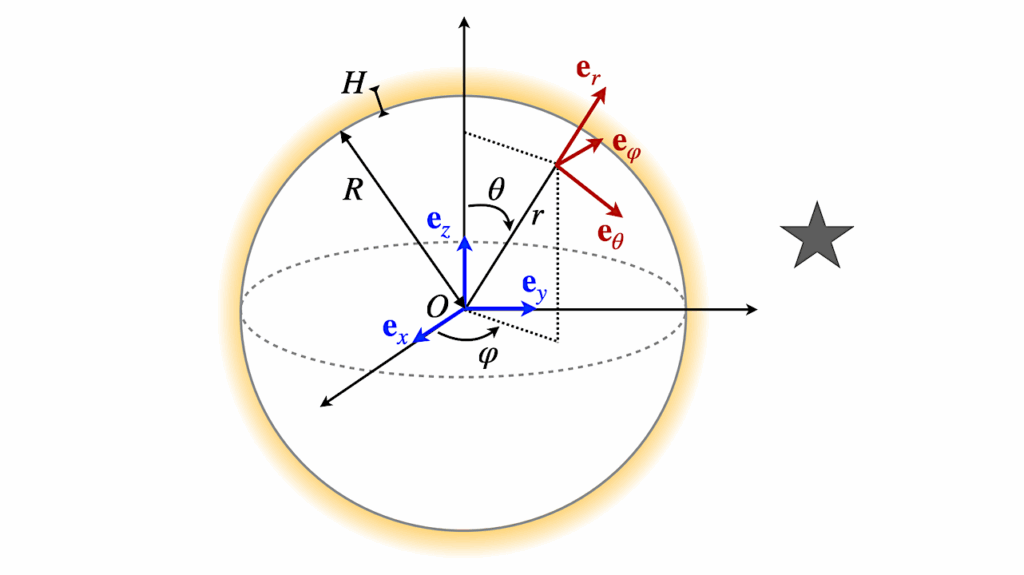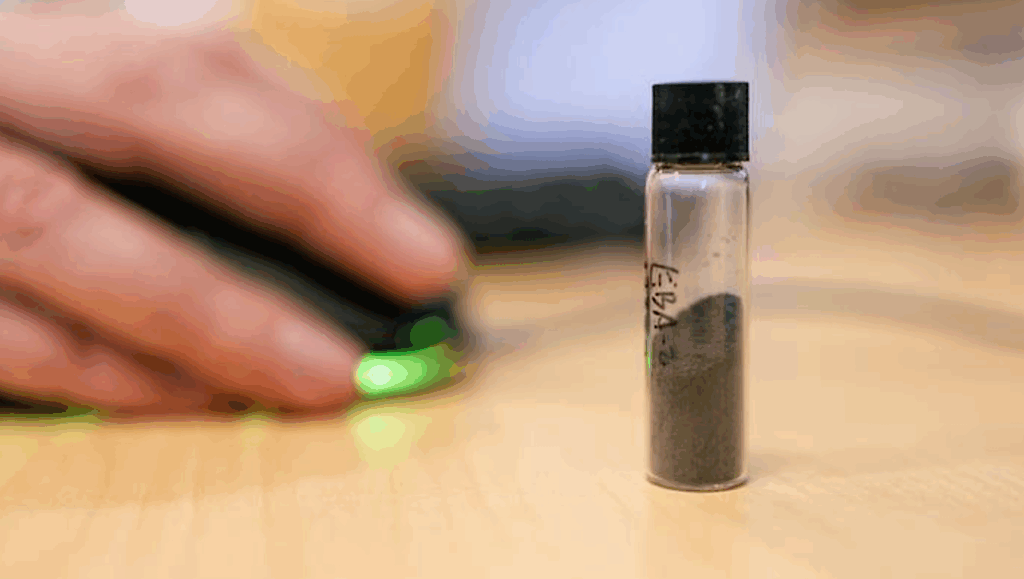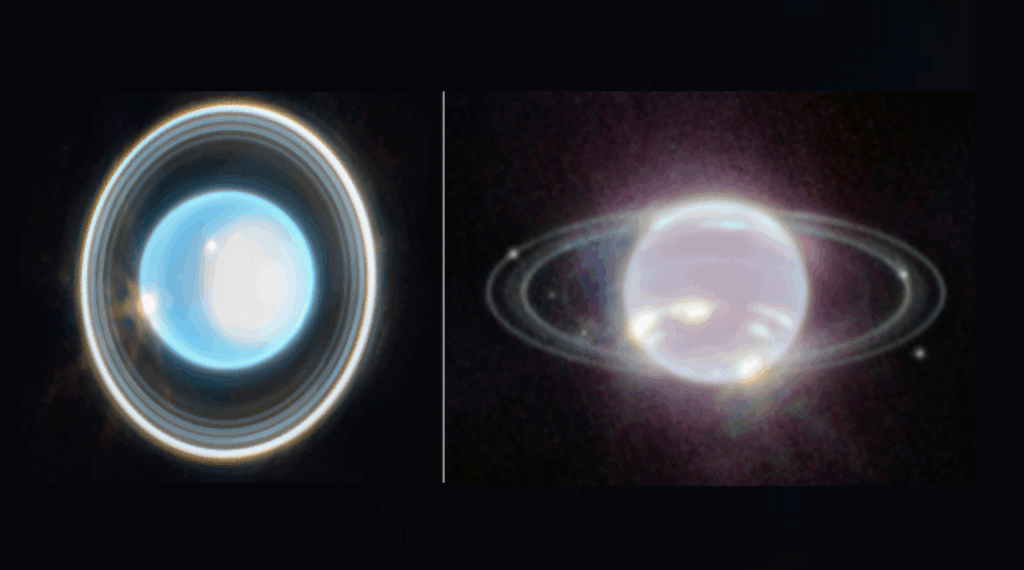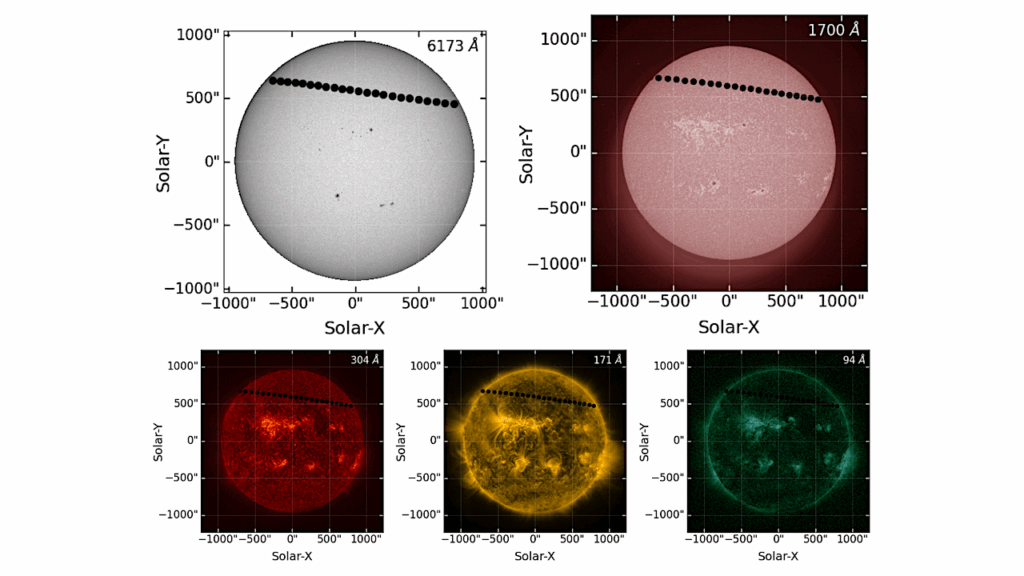Bioverse: The Habitable Zone Inner Edge Discontinuity as an Imprint of Runaway Greenhouse Climates on Exoplanet Demographics
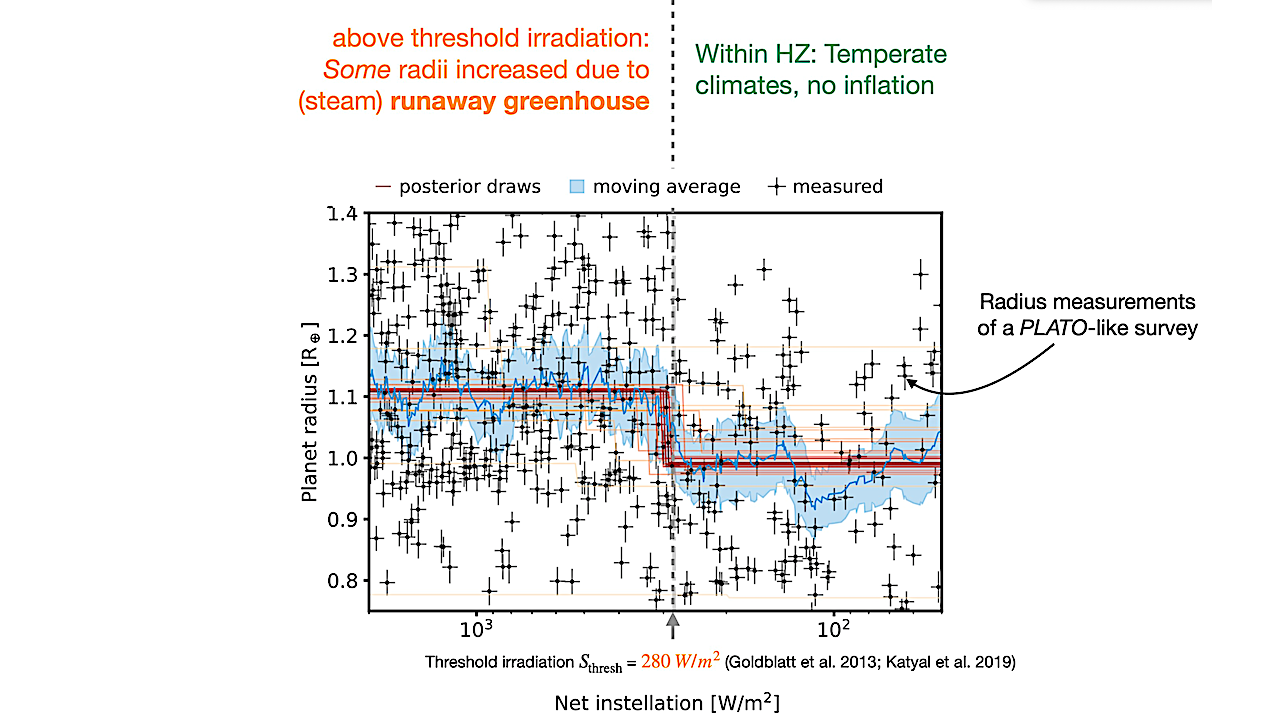
Long-term magma ocean phases on rocky exoplanets orbiting closer to their star than the runaway greenhouse threshold – the inner edge of the classical habitable zone – may offer insights into the physical and chemical processes that distinguish potentially habitable worlds from others.
Thermal stratification of runaway planets is expected to significantly inflate their atmospheres, potentially providing observational access to the runaway greenhouse transition in the form of a “habitable zone inner edge discontinuity” in radius-density space. Here, we use Bioverse, a statistical framework combining contextual information from the overall planet population with a survey simulator, to assess the ability of ground- and space-based telescopes to test this hypothesis.
We find that the demographic imprint of the runaway greenhouse transition is likely detectable with high-precision transit photometry for sample sizes ≳100 planets if at least ~10 % of those orbiting closer than the habitable zone inner edge harbor runaway climates. Our survey simulations suggest that in the near future, ESA’s PLATO mission will be the most promising survey to probe the habitable zone inner edge discontinuity.
We determine survey strategies that maximize the diagnostic power of the obtained data and identify as key mission design drivers: 1. A follow-up campaign of planetary mass measurements and 2. The fraction of low-mass stars in the target sample. Observational constraints on the runaway greenhouse transition will provide crucial insights into the distribution of atmospheric volatiles among rocky exoplanets, which may help to identify the nearest potentially habitable worlds.
video abstract
Comments: Accepted for publication in The Planetary Science Journal. 29 pages, 12 figures, 1 table. All source code is available at this https URL https://github.com/matiscke/hz-inner-edge-discontinuity
Martin Schlecker, Dániel Apai, Tim Lichtenberg, Galen Bergsten, Arnaud Salvador, Kevin K. Hardegree-Ullman
Subjects: Earth and Planetary Astrophysics (astro-ph.EP)
Cite as: arXiv:2309.04518 [astro-ph.EP] (or arXiv:2309.04518v1 [astro-ph.EP] for this version)
https://doi.org/10.48550/arXiv.2309.04518
Focus to learn more
Submission history
From: Martin Schlecker
[v1] Fri, 8 Sep 2023 18:00:00 UTC (2,928 KB)
https://arxiv.org/abs/2309.04518
Astrobiology


